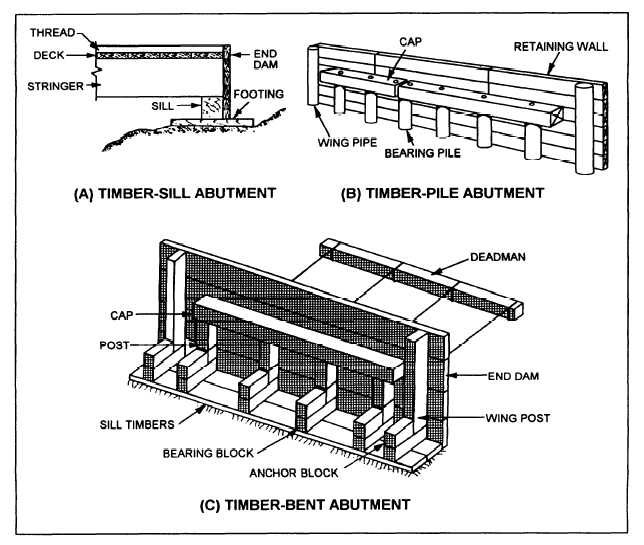Figure 1-2.—Types of fixed-bridge abutments.
ABUTMENTS
There are different types of fixed bridge abutments.
First, let us discuss the footing-type abutment. In figure
1-2, views A and C show two types of footing abutments.
View A shows a timber-sill abutment, and view C shows
a timber-bent abutment. By studying both of these
views, you should see that there are three elements that
are common to a footing-type abutment. Each type has
a footing, a sill, and an end dam.
If you will notice, the timber-sill abutment shown
in figure 1-2, view A, is the same footing-type abutment
that is shown for the bridge in figure 1-1. In this type of
abutment, loads are transmitted from the bridge
stringers to the sill, which, in turn, distributes the load
to the footing. The footing then distributes the combined
load over a sufficient area to keep the support from
sinking into the ground. The end dam is a wall of planks
that keeps the approach-road backfill from caving in
between the stringers. The timber-sill abutment should
not be more than 3 feet high. It can be used to support
spans up to 25 feet long.
The timber-bent abutment shown in figure 1-2, view
C, can be used with timber or steel stringers on bridges
with spans up to 30 feet. The deadman is used to
provide horizontal stability. These abutments do not
exceed 6 feet in height.
Other types of fixed-bridge abutments are pile
abutments and concrete abutments. Timber- or
steel-pile abutments can support spans of any length,
can be used with steel or timber stringers, and can reach
a maximum height of 10 feet. A timber-pile abutment is
shown in figure 1-2, view B. Concrete abutments are the
most permanent type. They may be mass or reinforced
concrete, can be used with spans of any length, and can
be as high as 20 feet. They may be used with either steel
or timber stringers.
1-2

